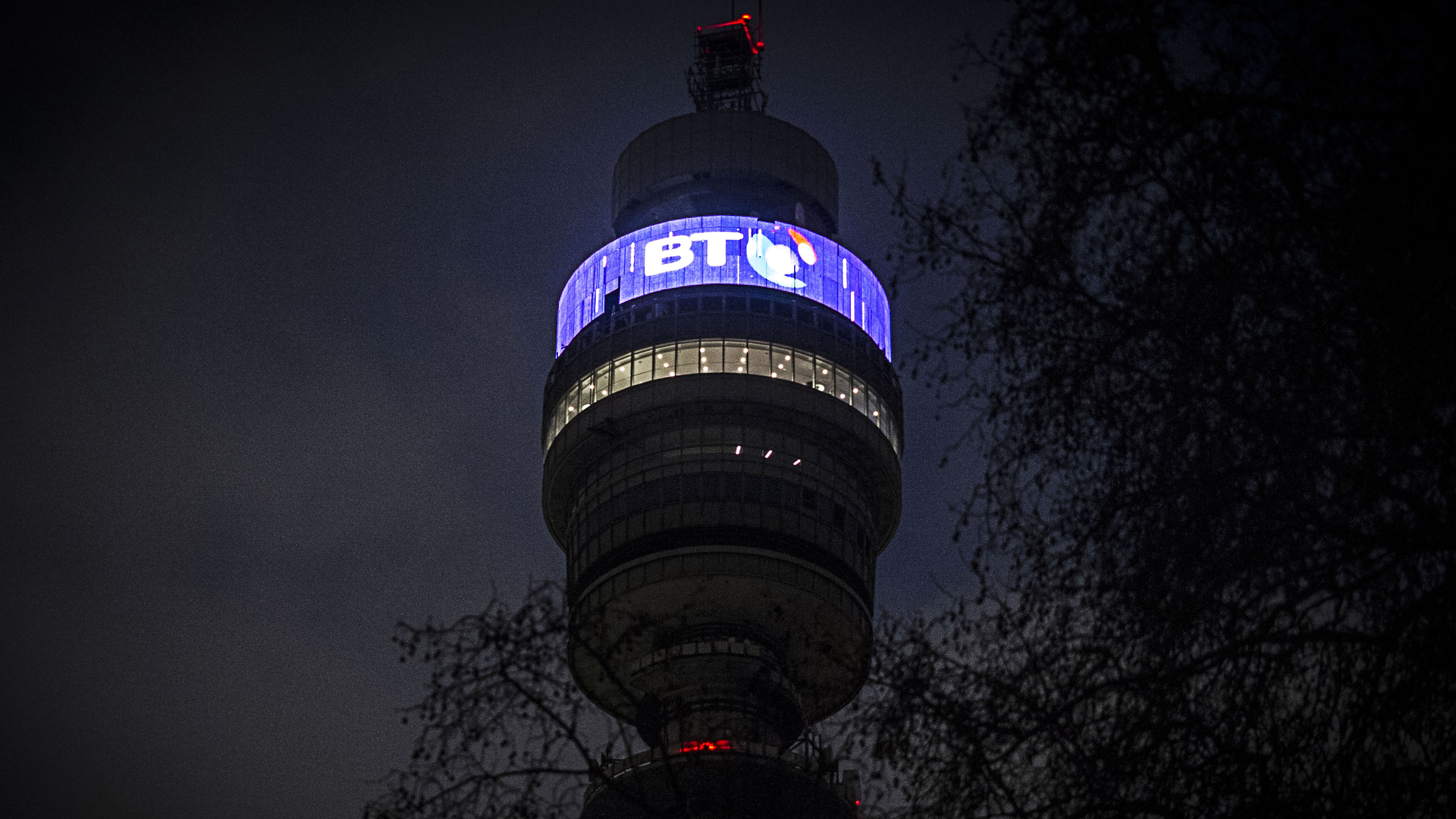BT CTO: Convergence of fibre, 5G and Wi-Fi will create 'one network to rule them all'
Howard Watson believes convergence will be a key differentiatior in telecoms.

BT CTIO Howard Watson has reiterated the company’s vision of converged networks, placing 5G at the heart of smart infrastructure that can provide ubiquitous connectivity to all its consumer and business customers.
Ever since the £12.5 billion acquisition of EE in 2016, BT has worked to integrate its fibre, Wi-Fi and 4G networks into a single infrastructure, and recently launched its first converged products.
It sees convergence as a way of differentiating itself from the competition through new services and to make its existing networks more efficient at a time when traditional revenues are being squeezed.
Converged vision
“[These] networks will be intelligently designed to cater for customers’ desire for an end to end
“For years, our industry has been dominated by dividing lines between fixed and wireless, copper and fibre, licensed and unlicensed, broadcast and unicast and hardware and software,” he told Broadband World Forum (BBWF) in Berlin.
“At the end of the day, as BT CTIO, it is my job to create a network that will suit the needs of customers who [don’t care] about whether it’s mobile, fixed or wireless: it’s about how they get their connectivity as a whole.
“We buy smartphones to connect to mobile networks, yet up to 80 per cent of data consumed by those devices is transmitted via Wi-Fi. The future is about how multiple access technologies in fixed, can be collected into a converged, software driven infrastructure that customers want.
Sign up to the TechRadar Pro newsletter to get all the top news, opinion, features and guidance your business needs to succeed!
“[These] networks will be intelligently designed to cater for customers’ desire for an end to end integrated experience where their appetite or data isn’t constrained if they are on the move.”
The role of 5G
BT’s convergence vision centres on a single core network which will lower operational costs for BT and encourage an agnostic approach to technologies by eliminating the need to log in to different networks or manually switch.
There are also plans to upgrade BT’s nationwide Wi-Fi network and to launch a converged hardware portfolio that allows consumers to access the best possible signal – whether its wireless or cellular – intelligently.
BT is also upgrading its phone network to IP voice, moving as many mobile phone calls as possible to Voice over LTE (VoLTE)
5G is central to this vision, with EE launching the UK’s first 5G test network in Canary Wharf earlier this month.
“We’ll be prioritising 5G rollout in areas our customer need it most, rolling out faster speeds and higher capacity so we can handle more connections than ever before, added Watson.
Industry collaboration
He sees plenty of overlap between Wi-Fi 6 and 5G and hopes to be able to combine the strengths of the two standards in its converged network.
“Those of us who work at the 3GPPP and at the Wireless Broadband Alliance [standardisation bodies for 5G and Wi-Fi respectively], I urge them to work together,” he said. “Our labs are working hard to see how Wi-Fi 6 can act as a slice of 5G, enabling seamless connectivity.”
Network slicing is one the defining characteristics of 5G, enabling operators to partition infrastructure into several different virtual networks for specific applications. This means that a mobile network at a football stadium might have a slice for the public and another for emergency services.
“If we can deliver the right SLAs, latency and network monitoring then this has the power to transform how we use networks,” Watson declared, adding that BT Labs might be talking about trials at next year’s event.
“I feel like we’re at the start of a bold new era and as the BT CTIO and an engineer, I don’t think there’s ever been a more exciting time to be involved in the industry.”
- Here are the best BT broadband deals for October 2018
Steve McCaskill is TechRadar Pro's resident mobile industry expert, covering all aspects of the UK and global news, from operators to service providers and everything in between. He is a former editor of Silicon UK and journalist with over a decade's experience in the technology industry, writing about technology, in particular, telecoms, mobile and sports tech, sports, video games and media.